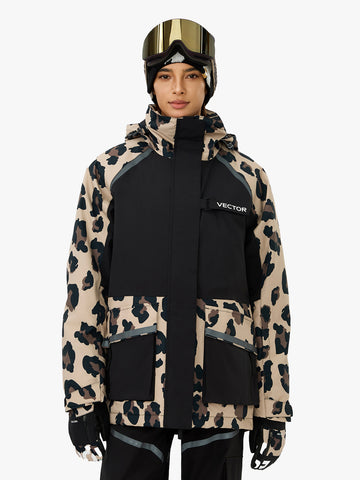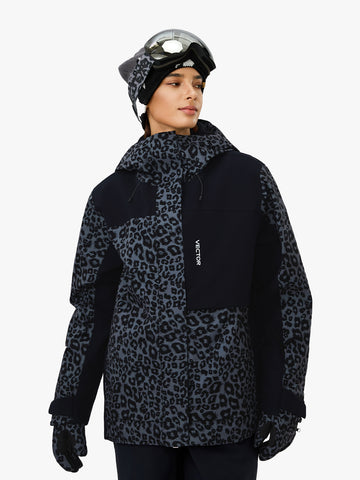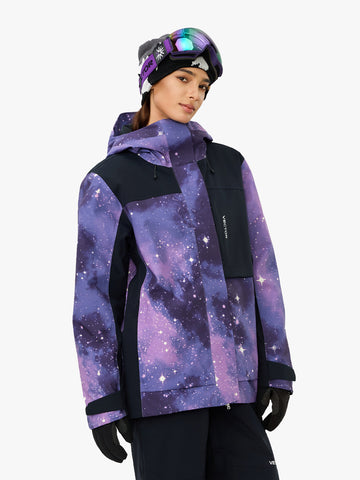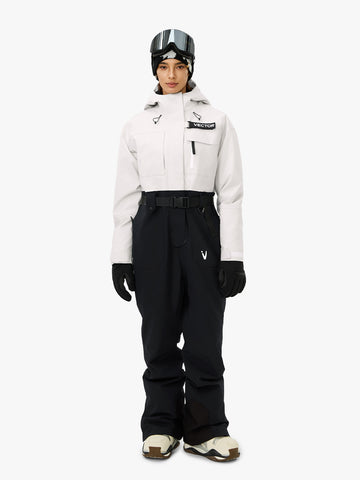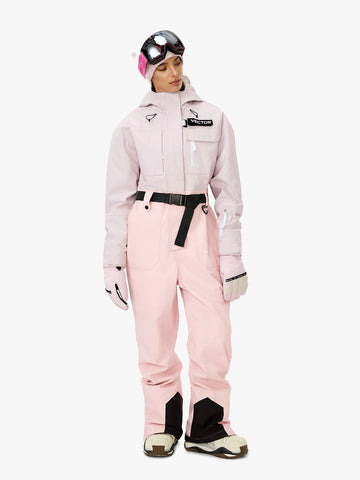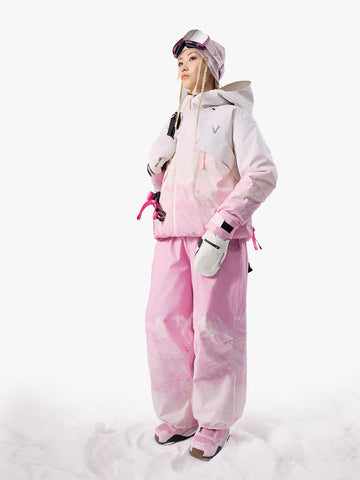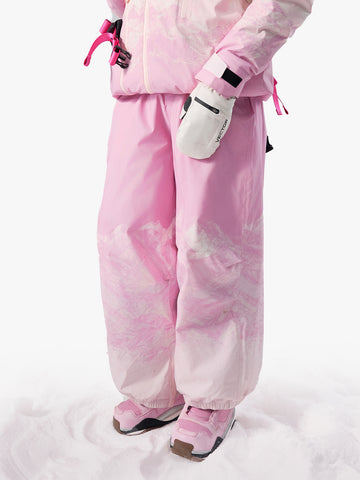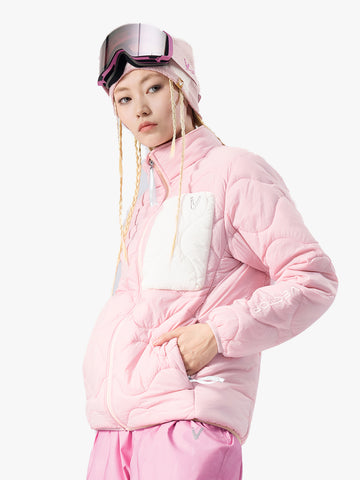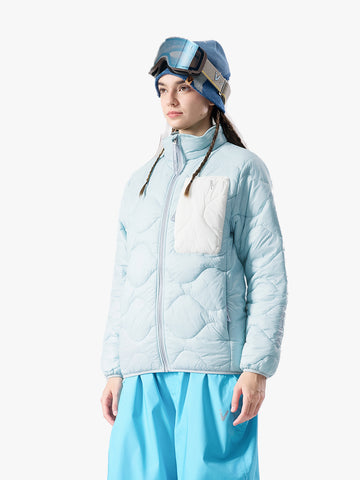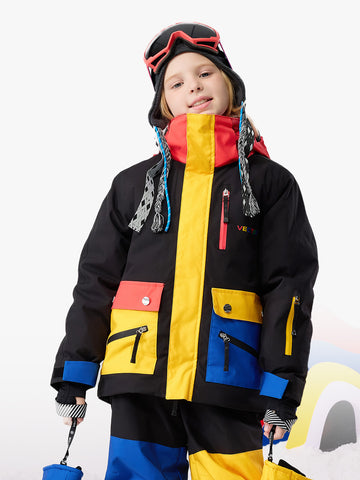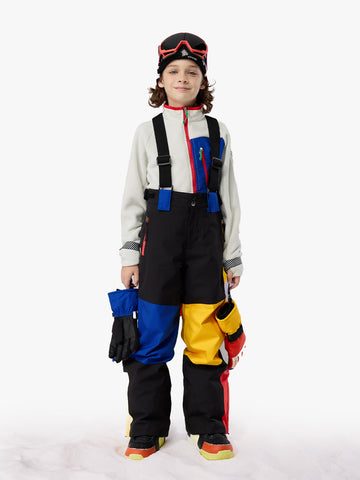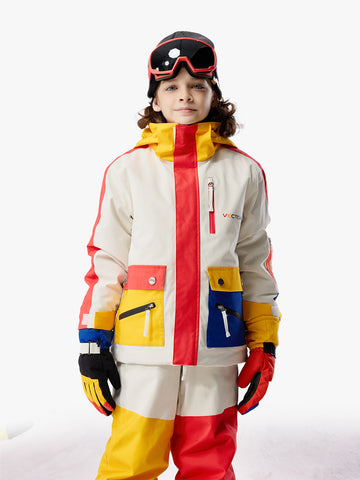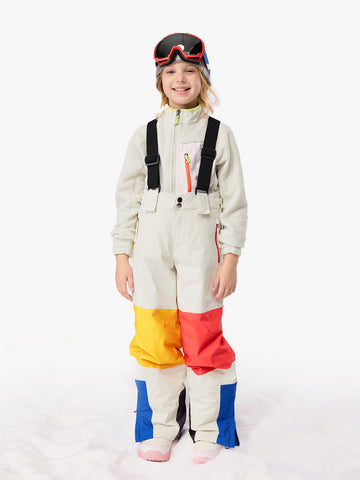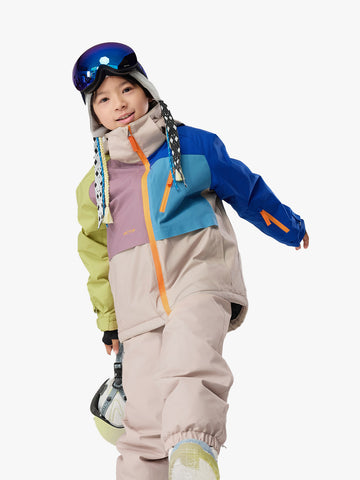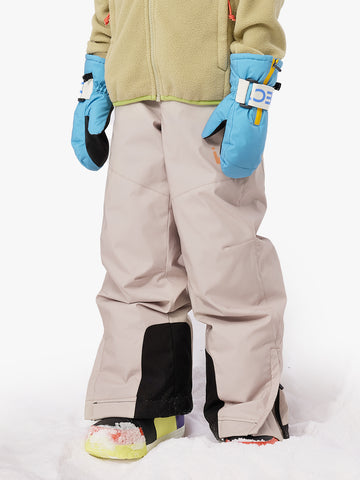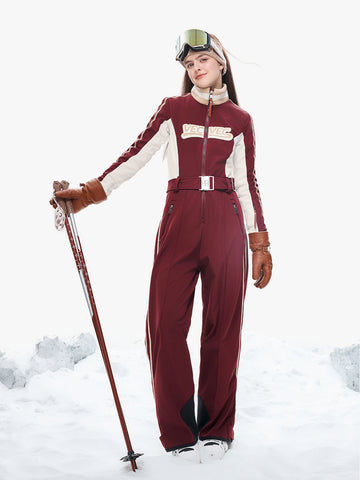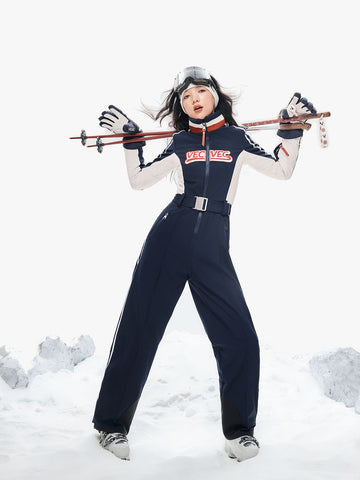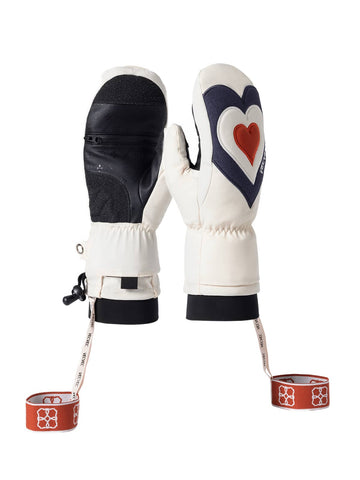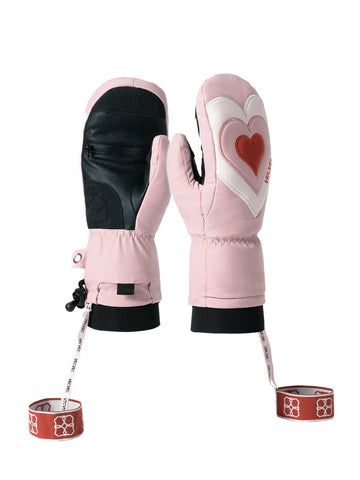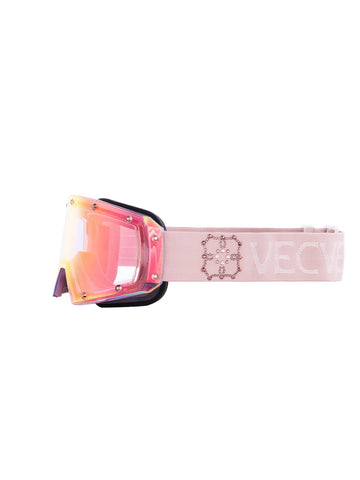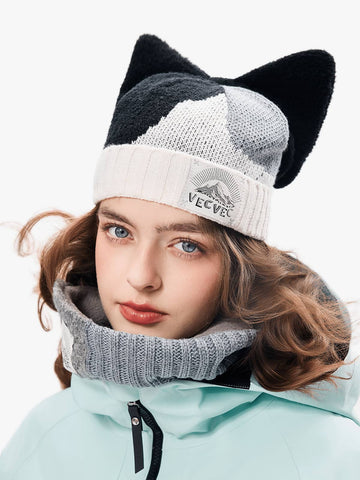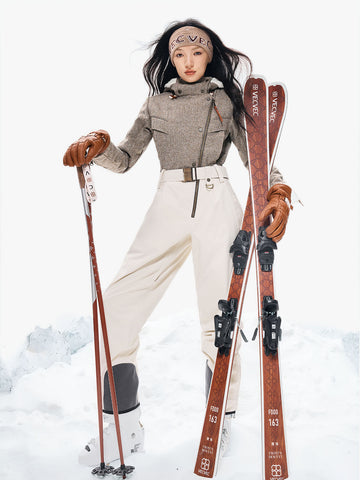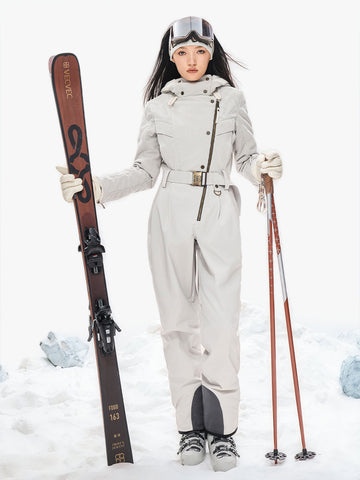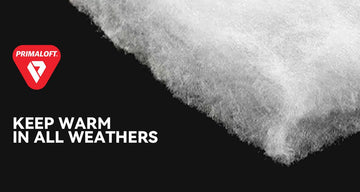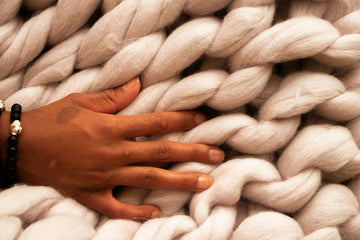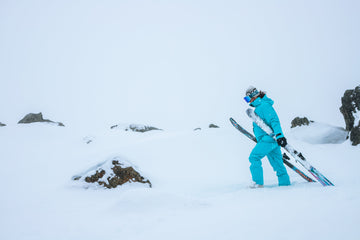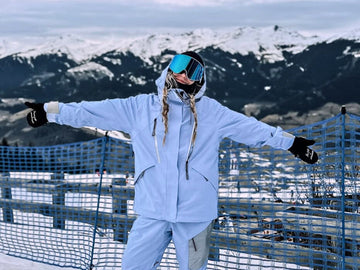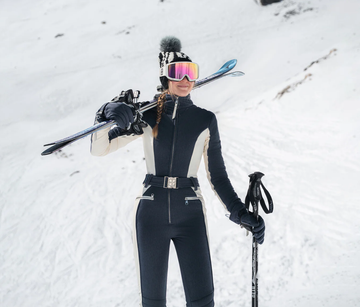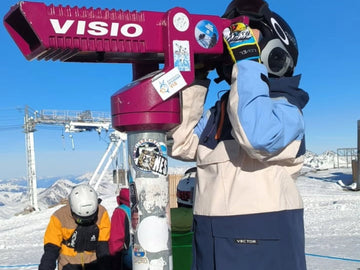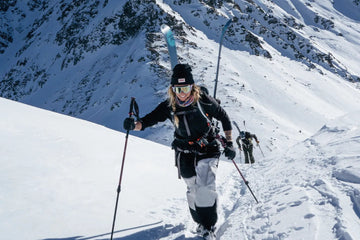Choosing the right ski jacket is one of the most important steps before hitting the slopes. This guide will walk you through the key features to consider when shopping for different styles, whether you're looking for a high-performance snowboard jacket, a warm and reliable kids ski jacket, or simply investing in high-quality skiing gear. With the right knowledge, you can stay warm, dry, and confident in any winter condition.
Contents:
The Basic Functions of a Ski Jacket
How to Select the Fabric for a Jacket
Choosing a Ski jacket Based on the Skiing Environment
Other Significance
Conculsion

The Basic Functions of a Ski Jacket
Its design element is closely related to the skiing experience. Understanding a ski jacket's core functions is essential when choosing one.
Ski Jackets Have the Following Essential Features:
Waterproof: The waterproof performance of ski jackets is crucial, and it's important to check the waterproof rating (mmH2O) when choosing one. The higher the rating, the better the protection. Ski jackets with a rating of 10,000mm or higher can withstand light rain, while those over 20,000mm are suitable for heavy storms and ski environments. Jackets with higher waterproof ratings typically also offer better wind resistance. Be sure to distinguish between different standards.
Breathability: For optimal comfort, it's recommended to choose ski jackets with a breathability rating of 15,000g/m2/24hr or higher, or a Resistance to Evaporative Heat Transfer value of ≤6m2. After physical activity in cold weather, sweat needs to be quickly released through the fabric to avoid discomfort, hypothermia, or even frostbite. Poor breathability can trap moisture, causing discomfort, while jackets with good ventilation help keep you dry and comfortable throughout your ski sessions.
Warmth:
Some ski jackets come with insulated linings in key areas for added warmth, while others are primarily designed as windproof and waterproof shells without built-in insulation. For example, some ski jackets use a 3-layer shell fabric that excels in wind and rain protection as well as breathability, but warmth must be achieved through layering. On the other hand, some 2-layer jackets have built-in insulation, making them suitable for colder conditions, such as temperatures below -15°C. The level of insulation determines your comfort on the slopes, with materials like down or synthetic fibers commonly used for warmth.
How to Select the Fabric of a Jacket
Waterproof and Breathable Fabrics: These fabrics provide excellent waterproofing, windproofing, and breathability, making them ideal for outdoor gear. Hardshell fabrics are suitable for harsh weather conditions, while softshell fabrics offer more comfort and freedom of movement.
High Breathability: Fabrics with high breathability are designed to provide comfort during high-intensity activities by allowing moisture to escape. Hardshells are less breathable but more protective; softshells offer better breathability for active use.
Softshell vs. Hardshell: Softshell fabrics are more flexible and comfortable, ideal for milder conditions and activities requiring freedom of movement. Hardshell fabrics, on the other hand, provide superior protection against extreme weather, making them ideal for harsh conditions.
Choosing a Ski jacket Based on the Skiing Environment
If you plan to ski in high-altitude areas, you will encounter various weather conditions, terrains, and environments. Different skiing environments require different types of ski jackets.
High-altitude skiing: Choose waterproof and breathable hardshell fabrics like Gore-Tex or eVent, paired with efficient insulation to stay dry in cold and harsh weather. Breathable designs help prevent sweat buildup, enhancing comfort.
Mountain skiing: Similarly, choose waterproof and breathable hardshell fabrics like Gore-Tex or eVent, combined with down or synthetic insulation. 20k breathability helps keep you dry during intense skiing, enhancing comfort and functionality.
Ski resort skiing: It’s recommended to choose high waterproof and breathable hardshell fabrics with efficient insulation along with breathable designs to prevent sweat buildup, ensuring comfort and dryness while skiing.
Freestyle skiing: For freestyle skiing, opt for waterproof and breathable hardshell fabrics to stay dry in harsh conditions, paired with down or synthetic insulation. Choose breathable designs and functional features to enhance comfort while skiing.
Other Significance
Underarm Vents: Zippers located under the arms allow for quick release of heat during skiing, keeping you comfortable.
Powder Skirt: Prevents snow from entering the inside of the jacket, especially useful for keeping snow out during skiing.
Adjustable Hood: Ensures the hood can cover a helmet, providing extra protection.
Cuff Design: Built-in elastic cuffs or snow cuffs help prevent snow from getting in, keeping your hands dry.
Multi-functional Pockets: Includes chest pockets, sleeve pass pockets, etc., making it convenient to store lift tickets, phones, keys, and other small items.

Conclusion
In conclusion, selecting a ski jacket doesn’t have to be complicated, but it’s important to make your decision based on your personal needs and the environment. A ski jacket with the right combination of waterproofing, insulation, breathability, and other design features will provide greater comfort, allowing you to fully enjoy the thrill of skiing. Remember, skiing is not just a sport; it’s a way to enjoy nature’s beauty. Choose the right ski jacket to make your skiing journey safer and more enjoyable.
FAQ
Q: What is the difference between a 2L ski jacket and a 3L ski jacket?
A: A 2L ski jacket has two layers: an outer fabric and a waterproof breathable membrane with a separate lining, are more suitable for casual skiing and mild weather conditions, making it lighter and more affordable. A 3L jacket has three bonded layers, offering better durability, breathability, and is ideal for high-intensity activities or harsh conditions, but is typically more expensive.
Q: How important is waterproofing of a ski jacket?
A: The waterproofing of a ski jacket is crucial as it prevents snow or rain from seeping in, keeping you dry and ensuring comfort and safety while skiing. Especially in wet conditions, waterproofing helps regulate body temperature and prevents hypothermia. Additionally, waterproof ski jackets usually feature breathability to expel sweat, enhancing comfort.
Q: How to distinguish between Snowboard Jackets vs Ski Jackets?
A: The main difference between snowboard and ski jackets lies in their design: ski jackets are usually more fitted for aerodynamics and speed, while snowboard jackets are looser for freedom of movement and often feature more colorful, personalized styles.
REFERENCE
https://discoversnow.org/DS/About/What_to_Wear.aspx
https://scoutlife.org/outdoors/guygear/23436/snowboard-and-skiing-gear-buying-guide
https://wellnesscenter.uic.edu/news-stories/preparing-for-winter-cold-weather-gear-guide
https://inclusiveskitouring.org/layering
https://www.jackrabbittrail.org/how-to-dress-for-skiing
